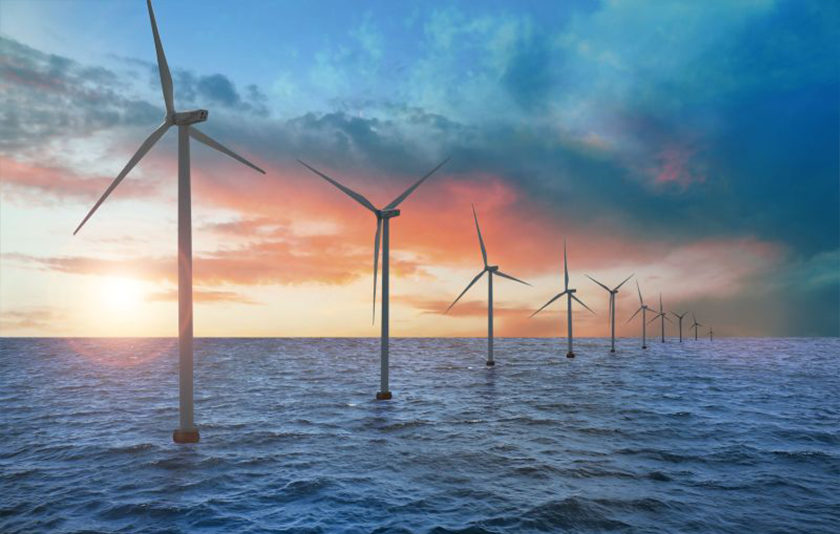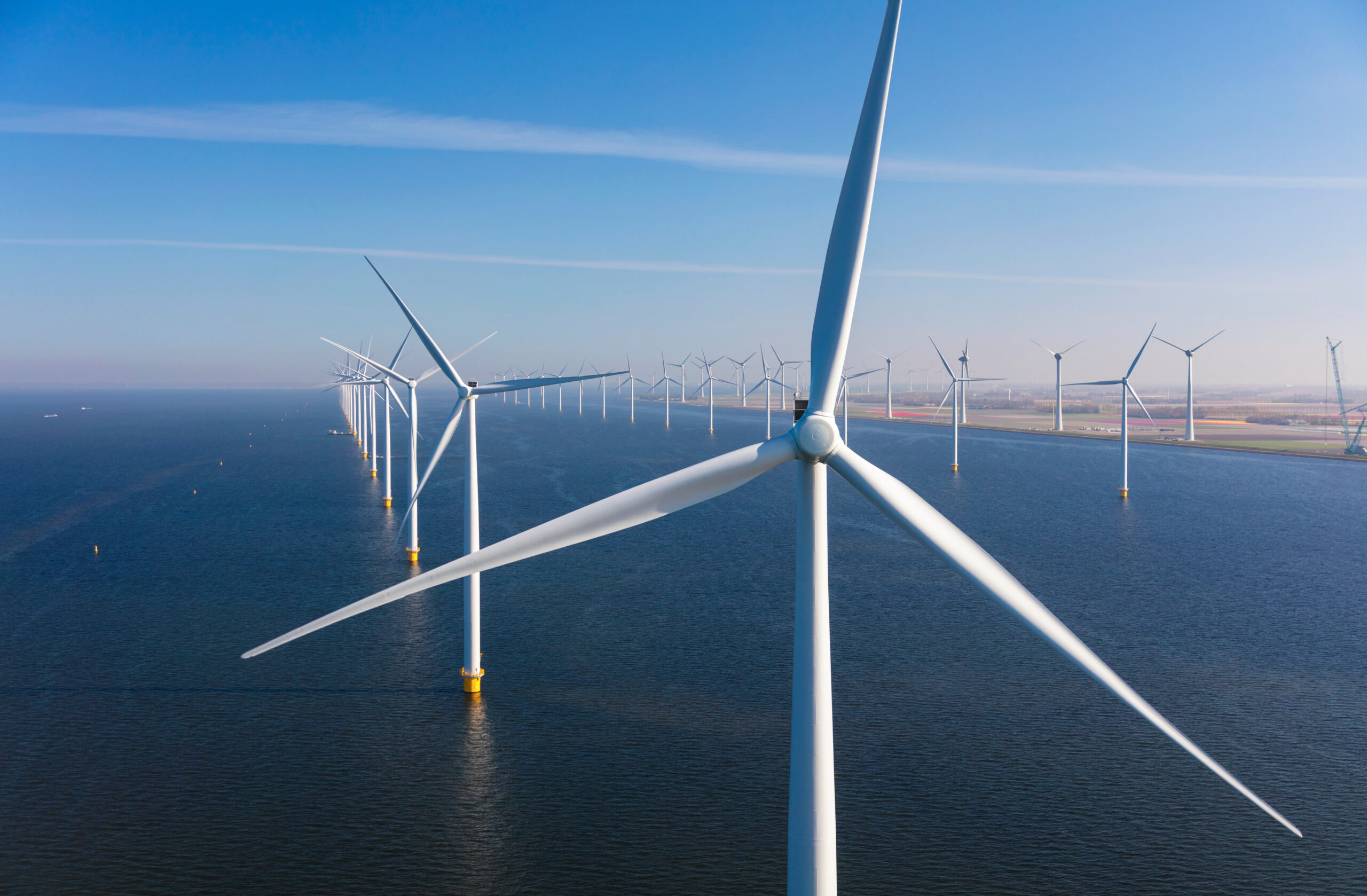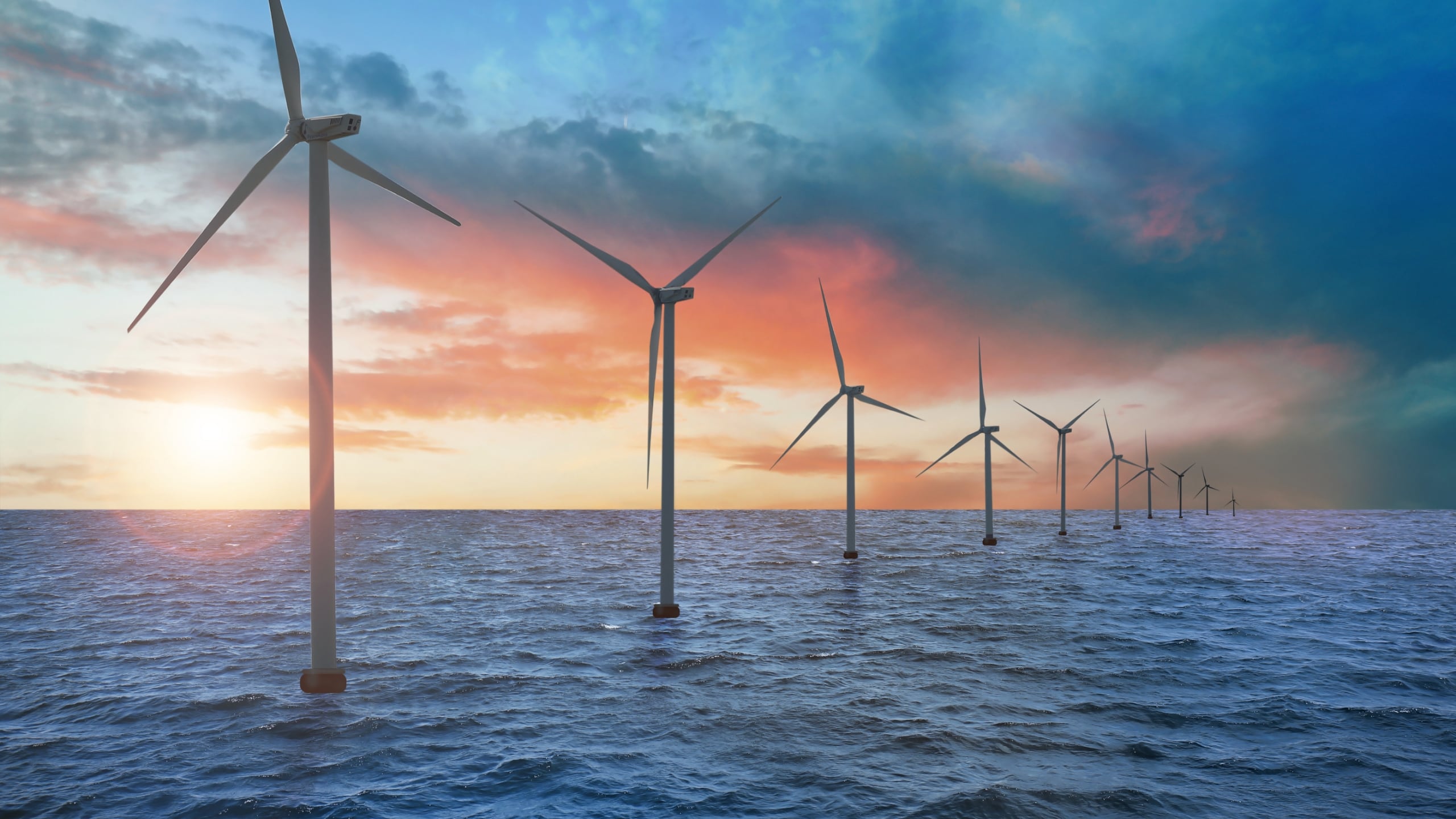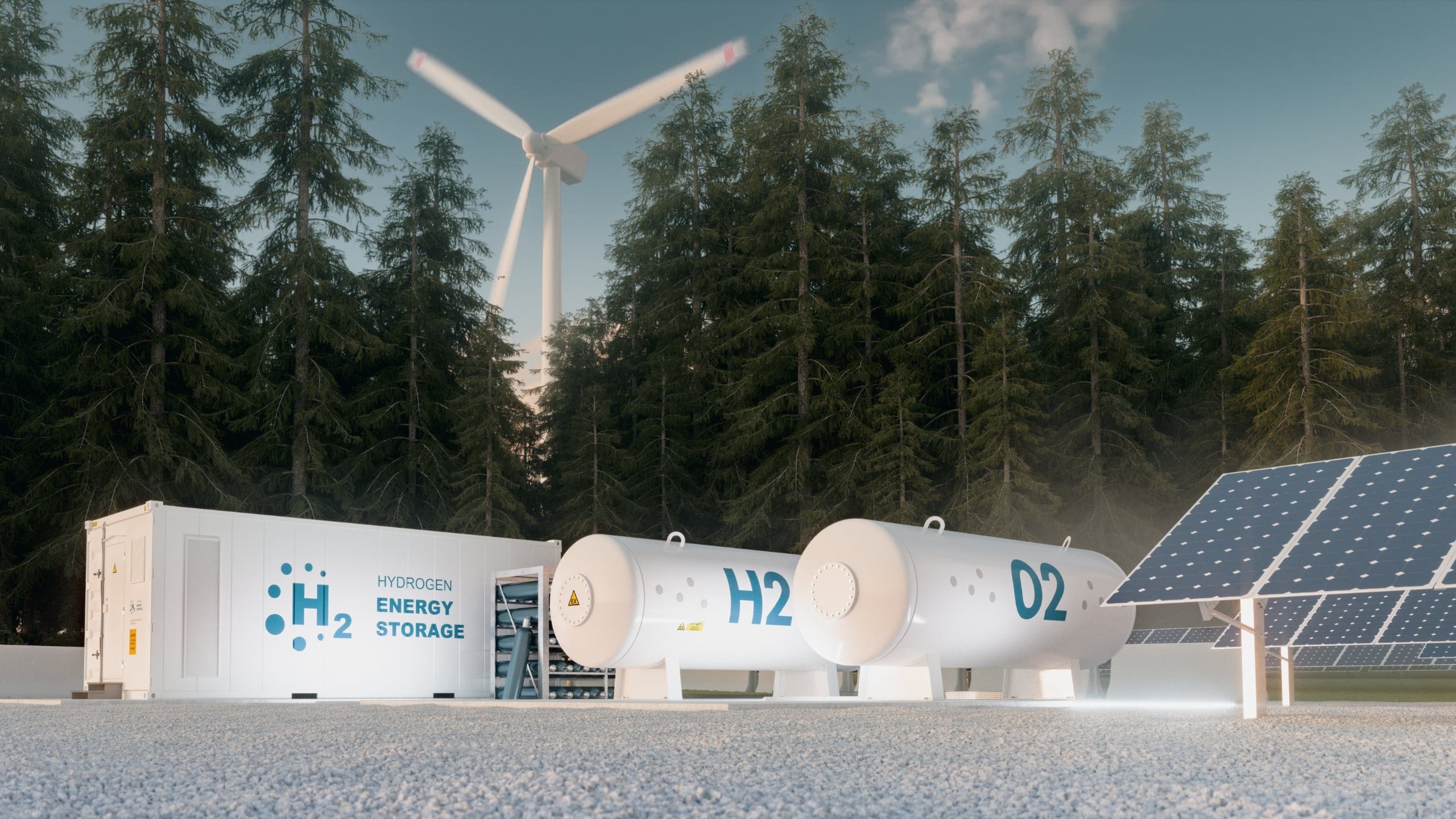NEWS & INSIGHTS | article
Floating wind powered hydrogen; a £170bn investment opportunity

This article was originally published in H2 View.
Hydrogen has been identified as a key enabler for the UK, and global nations, to meet their net zero ambitions. The world needs to transition faster to meet the targets of the Paris Agreement, requiring an increase in renewable power, green hydrogen, and synthetic fuels to power hard-to-abate sectors. Using offshore floating wind to produce green hydrogen is a hot topic, providing the solution to decarbonising the economy and solving the climate crisis. Not surprisingly, many companies are racing to be the first to deliver.
As with all new technologies, offshore floating wind requires significant investment to reduce costs. The Floating Offshore Wind Powered Hydrogen report by the Net Zero Technology Centre outlines the key areas where investment is required to enable the cost-effective production of green hydrogen. In addition, it investigates the UK supply chain’s ability to meet the government targets for 60% local content.
Driving down cost and scaling opportunity
By 2050 the Net Zero Technology Centre’s Integrated Energy Vision report predicts that the UK could need up to 253TWh of green hydrogen, accounting for 85% of domestic gas demand. If 50% of this is generated using electricity from floating wind, 31 x 1GW scale projects will be required costing £170 billion. The Floating Offshore Wind Powered Hydrogen report highlights that the cost of floating wind must half to reach £40/MWh by 2050, matching the cost of its fixed offshore wind counterpart. Reducing these costs will also significantly reduce the cost of green hydrogen, as electricity makes up 70% of the production costs.
However, to achieve the UK government projection of £70/MWh by 2050 (levelised cost of hydrogen from dedicated offshore renewables) hydrogen production will require further cost reductions and improved electrolyser efficiency. The only way to cut these costs is through investment in innovative and disruptive technologies, such as green hydrogen electrolysers and hydrogen compression.
Scaling manufacturing efforts in the UK will ensure the UK secures its position as a leader in Offshore Wind. The UK government Offshore Wind Sector Deal requires that 60% of the materials and personnel for projects come from the UK. Achieving this will require an 80% increase in jobs across installation and commissioning, operations and maintenance, development and project management. The manufacturing of offshore floating wind components such as substructures and cabling must also increase to achieve the local content goals.
Ambition in action
The North East of Scotland is benefitting from investment in projects and infrastructure. In February of this year, The Energy Transition Zone (ETZ Ltd) and Offshore Renewable Energy (ORE) Catapult launched the world’s first National Floating Wind Innovation Centre in Aberdeen, which will help drive innovation, improve efficiencies, and stimulate investment to meet the UK government targets for local content and levelised cost of electricity. The centre seeks to address some of the technology gaps by increasing the commercial viability of offshore wind by supporting developers, operators, and equipment manufacturers with research, testing, and deployment of offshore floating wind technology.
At the European Offshore Wind Deployment Centre (EOWDC), off the coast of Aberdeen, Swedish group Vattenfall plans to fit an electrolyser and associated equipment to one of the turbines to test the viability of using floating wind to produce green hydrogen. Also, off the coast of Aberdeen the planned ERM Dolphyn project could make inroads into producing green hydrogen from floating wind, using a similar method, producing hydrogen at gigawatt-scale. A project of this size could supply energy to heat over 1.5 million homes with zero carbon emissions, and the hydrogen produced has the potential to replace 50% of UK gas by 2065.
Further north, in Shetland, 650,000 tonnes of CO2 are produced per year, three times the average CO2 per person in Scotland. To tackle this, the Net Zero Technology Centre is supporting the ORION project which aims to utilise offshore floating wind and tidal technology to produce gigawatt-scale green hydrogen. A significant part of the project involves repurposing and reusing existing oil and gas infrastructure and developing port facilities for transporting hydrogen to markets in the UK and worldwide. With the marine sector being a considerable part of the Shetland economy, hydrogen-derived fuels’ development and deployment could help decarbonise this hard to abate sector.
The ORION project could be kick-started by Cerulean Winds £10 billion project, which plans to install over 200 floating wind turbines off the coast of Shetland with a total capacity of 4.5GW. 3GW will be used to decarbonise offshore platforms through electrification, while 1.5GW will be sent to a green hydrogen plant created at the local port of Sullom Voe. Production could commence as early as 2024, accelerating the ORION project and boosting the local economy by building infrastructure and creating jobs.
Aker Horizons also have big plans off the coast of Shetland, with the Northern Horizons project proposing to develop a 10GW offshore wind farm which would be ten times the size of Glasgow and save seven million tons of CO2 per year. The project, which could start production from 2030, would transport hydrogen to a net zero refinery on Shetland to create ammonia, liquid hydrogen, and synthetic fuels for both local use and export. A project of this size would generate enough green hydrogen to heat 916,000 UK homes, provide enough liquid hydrogen to power 40% of the total mileage of UK buses, create thousands of jobs and inject billions of pounds of investment into both technology development and the economy.
These projects combine offshore floating wind with hydrogen production to create sustainable renewable power. Investing in technology, innovation, infrastructure, and the local economy, helps lower the levelised costs of electricity and hydrogen, blazing a trail towards making cost-effective green hydrogen production a reality. As these projects progress, they will prove the feasibility of reliable, effective implementation of wind turbines in systems for producing hydrogen from renewable energy.
The investments made following the ScotWind and INTOG leasing rounds will help also reduce floating wind costs, but further investment is required. We need to drive this technology down the cost reduction curve and provide an actionable roadmap to ensure floating offshore wind powered green hydrogen is a cost-effective solution in the energy transition. We have seen this happen with fixed wind and oil and gas. Floating wind and green hydrogen are no different.
Subscribe for the latest updates



